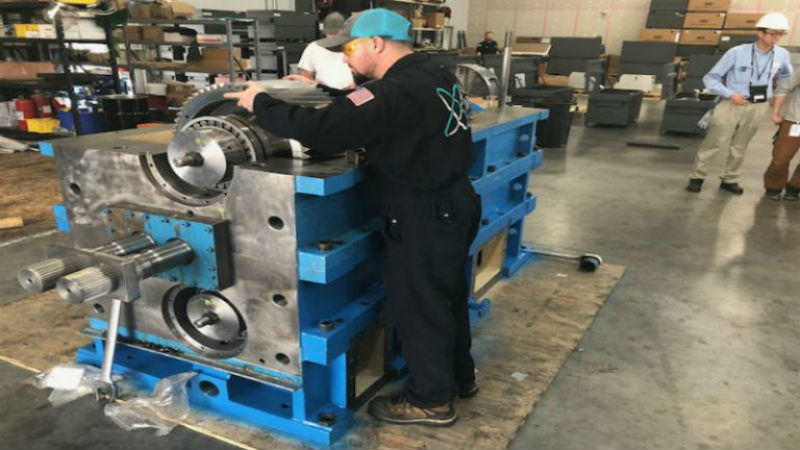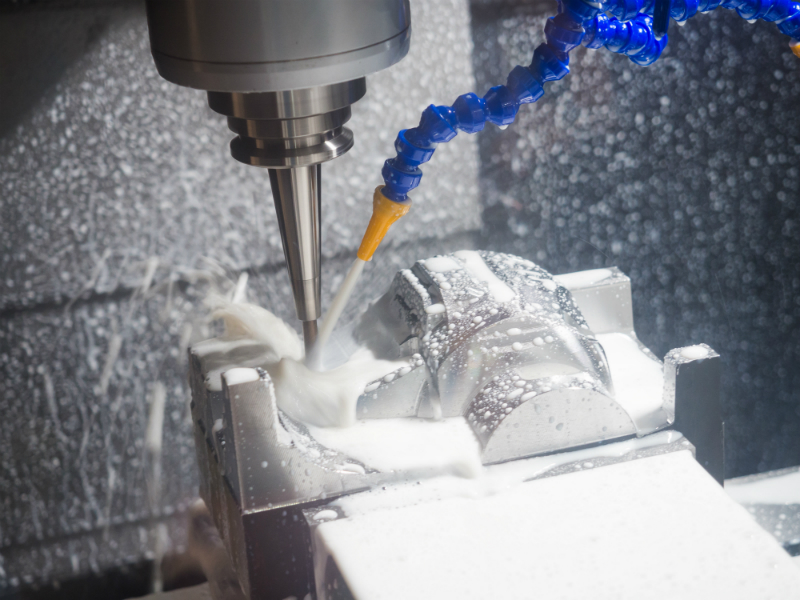Many industries today have special needs when it comes to industrial ammonia refrigeration. For example, food and beverage processing, machining, semi-conductor and injection molding rely on industrial grade chillers for their manufacturing processes. But what is a chiller? Why it is important and how does it work? Let’s explore these questions and find out.
What Are Chillers?
Chillers are used to cool water and pump it through a system. They use a similar process to refrigeration as air conditioners, refrigerators, freezers, Freon-based and industrial ammonia refrigeration systems. For example, the system works by removing heat and exhausting it to the outdoors. Most chillers use chilled water or water mixed with an anti-freeze solution, and a reservoir, for heat removal.
How Chillers Work
Once the liquid is cooled, it is then pumped to cool equipment or materials. For example, if chilled liquid is pumped into a system of pipes inside a tank of warm milk, the fluid absorbs the heat and then is pumped back into the system, where the heat is removed, and the fluid is once again chilled. This process may repeat itself over and over.
The main difference between chillers and standard Freon or industrial ammonia refrigeration systems is the chilled fluid that’s pumped through a system. Standard cooling systems take warm air from the environment and remove the heat from it. Chillers use cooled liquid to directly remove heat, and this is a much faster and more efficient process of lowering temperatures.
Condensers
Heat is removed with the help of a condensing unit, and for greater efficiency, these units can be cooled by air or water. Water-cooled condensers require more parts and use more energy because they require a pump and cooling towers. However, in some industrial applications (where you need a lot of heat removed quickly) it is the more efficient method.








